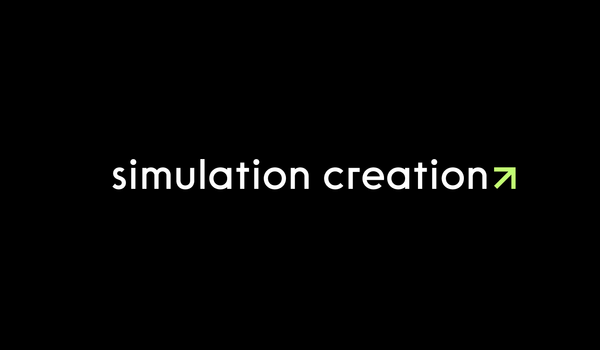Immersive education and the importance of eye contact
Just think about how important eye contact is when you're talking to someone? It can convey a lot of meaning and emotion without saying a word. This is especially true between pupils and teachers in the classroom or in a medical training environment.

Just think about how important eye contact is when you're talking to someone? It can convey a lot of meaning and emotion without saying a word. This is especially true between pupils and teachers in the classroom or in a medical training environment.
Relationship building
Maintaining eye contact is crucial for establishing a connection and building rapport between a pupil and teacher. It's a way to show engagement, trust, and openness, which can help the pupil feel more comfortable and confident in their interactions with the teacher. When you're looking at someone, it shows that you're interested in what they have to say and that you're focused on the material being presented.
Eye contact is also a form of nonverbal communication that can convey different messages and emotions. When a pupil avoids eye contact, it can suggest boredom, disinterest, or anxiety, while maintaining eye contact can show respect, attentiveness, and interest. These nonverbal cues can affect the way a teacher perceives a pupil and can even impact the learning outcomes.
In fact, eye contact can also improve learning outcomes by enhancing communication and understanding between the pupil and teacher. When a pupil and teacher are looking at each other, they are more likely to communicate effectively and clarify any misunderstandings. This leads to better learning outcomes and a more positive learning environment.
Direct eye contact
One of the great by products of using virtual reality for education is that even if you're in a virtual room of 30 other people (like a multi player game shard), you always get direct eye contact with the pupil or teacher. This speeds up the amount of information retained, plus has the added advantage of engaging the student more as the lesson will always look very focused towards them etc.
Healthcare
Looking at this from a from a healthcare standpoint, this could speed up the process of training new doctors or medical staff which historically takes years. This is one of the reasons that people don't go into medicine, too much classroom for too little pay.
There is a growing burden on healthcare systems globally, more people are sick, coupled with a lack of Doctors and medical staff for the reasons outlined above, so could VR education be the answer to attract, train and retain the workforce, knowing that a potential fast track to becoming licensed or fully qualified is a vastly quicker process?

Check out our other articles on healthcare by clicking the link below..







